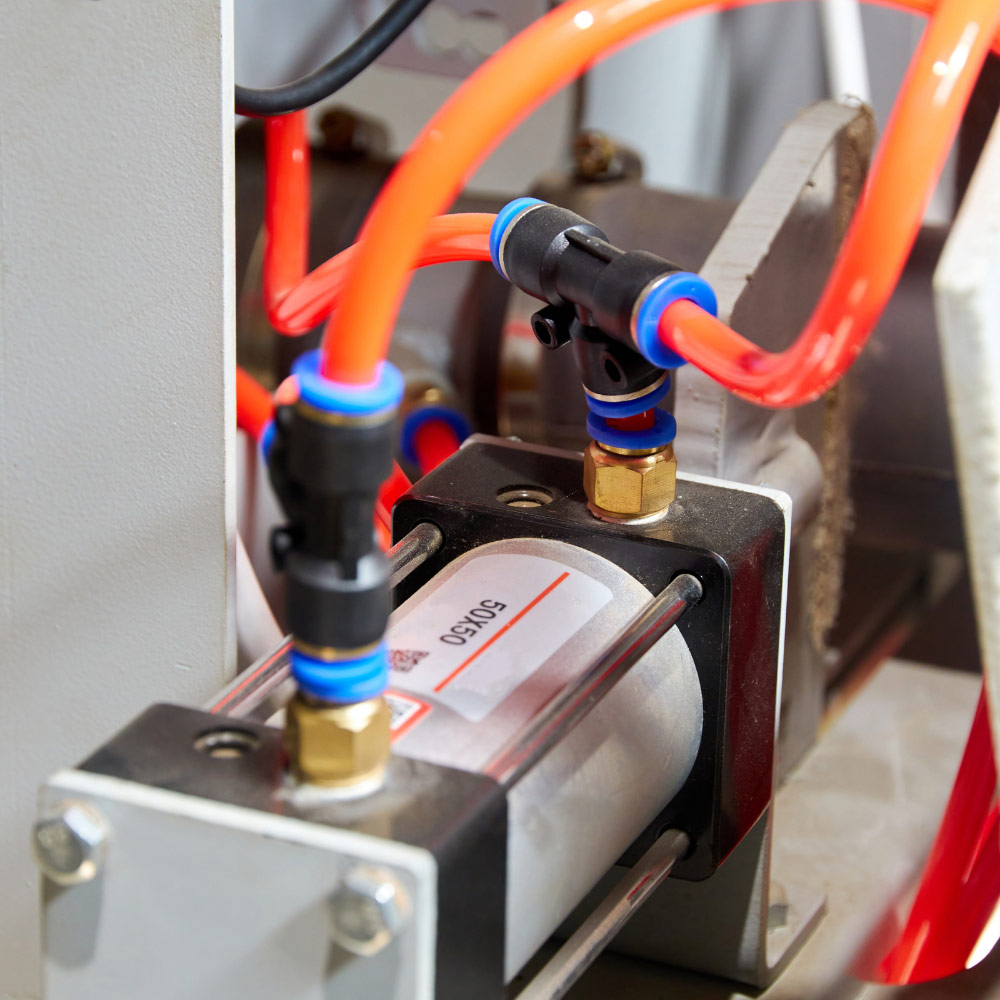Choosing the Right Timer from the PMT Series for Your Application
 Choosing the right timer from the PMT Series is essential. You want to ensure you select the right one for your application. Below are the most important factors to consider.
Choosing the right timer from the PMT Series is essential. You want to ensure you select the right one for your application. Below are the most important factors to consider.
- Assessing the Required Timing Range: Start by significantly emphasizing assessing the required timing range for your application. The PMT Series offers adjustable timing options, from 0.1 seconds to 100 hours. Determining the exact timing requirements is crucial to ensure compatibility and optimal performance. For instance, if your process requires a precise 10-minute delay, selecting a timer with a range that includes this duration is essential. These timers are versatile, but pinpointing your needs will ensure you get the best performance.
- Evaluating Environmental Conditions: Next, it's important to consider the environment in which your timer will operate. The PMT Series timers are designed for various industrial settings, but extreme temperatures, humidity, and chemical exposure can significantly impact their performance. For instance, if your application involves corrosive chemicals, you need a timer with a corrosion-resistant casing. This feature enhances the timer's durability and reliability, ensuring it stands up to harsh conditions and performs optimally.
- Designed for various industrial environments
- Withstands extreme temperatures, humidity, and chemicals
- Corrosion-resistant casing for harsh conditions
- Considering the Type of Delay Required: Consider the type of delay required in your process. Do you need an on-delay or an off-delay timer? On-delay timers start timing when power is applied and delay the start of an operation, while off-delay timers start timing when power is removed and delay the stop. If you're controlling the sequence of operations in an assembly line, an on-delay timer ensures that each step starts precisely after the previous one is completed. This synchronization is critical to maintaining smooth operations and avoiding any disruptions.
- Examining Construction and Materials: The construction and materials of your timer are crucial. With its sturdy aluminum base, the PMT Series offers excellent durability and resistance to mechanical wear. In high-vibration environments, this robust construction prevents malfunctions and ensures consistent performance. Choosing a well-built timer means fewer interruptions and more reliable operations, giving you peace of mind about its longevity.
- Sturdy aluminum base
- Durable and resistant to mechanical wear
- Suitable for high-vibration environments
- Considering Ease of Integration and Installation: Another critical factor is the ease of integration and installation. The PMT Series is designed for straightforward installation, with built-in mounting options and standardized connections that simplify setup. If your system requires quick installation to minimize downtime, the user-friendly design of the PMT Series will be advantageous. This feature allows for a seamless transition and immediate operational benefits, making the setup process a breeze.
- Factoring in Specific Automation Processes: Finally, consider the specific automation process in which the timer will be used. Pneumatic timers like those in the PMT Series are handy in manufacturing processes where precise timing control is essential. For example, controlling the sequence of material handling equipment ensures that a conveyor belt starts and stops at exact intervals, significantly enhancing the efficiency and safety of your production line. Precision here is not just a luxury but a necessity.
By thoroughly considering these detailed factors, you can select the most suitable PMT Series pneumatic timer for your application. The right pneumatic timer ensures optimal performance and reliability.
Related Reading


- Ellis/Kuhnke Controls
132 Lewis Street Unit A-2, Eatontown, N.J. 07724
Phone: 1-800-221-0714
Fax: 732-291-8154
Email: Info@ekci.com
- Home Pneumatic Controls Technical Info CAD Drawings Contact Us Pneumatic Timers Blog Site Map
If you are looking for Pneumatic Controls, Pneumatic Valves then look no further than Ellis/Kuhnke Controls.
